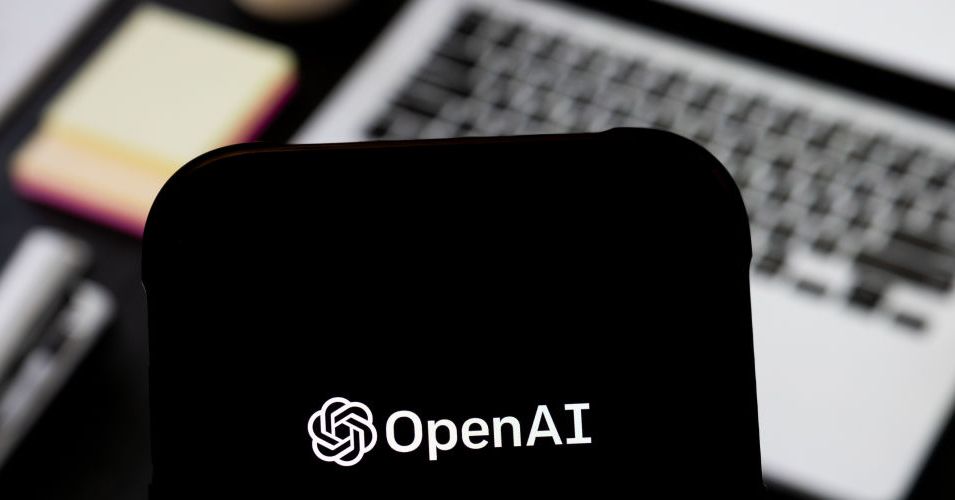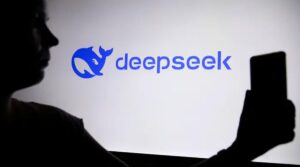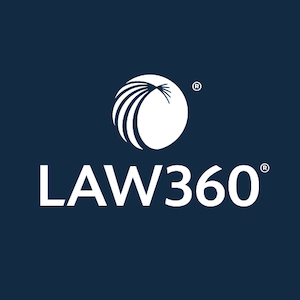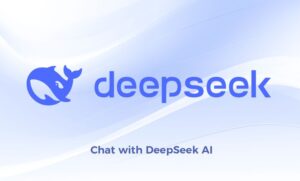Sam Altman Announces OpenAI Will Launch an ‘Open Weight’ AI Model This Summer

OpenAI Set to Launch New Open-Weight AI Model
Recently, Sam Altman, the CEO of OpenAI, announced that the company plans to release a new open-weight artificial intelligence model within the next few months. This move is primarily motivated by the recent successes of models like the R1 from DeepSeek, a Chinese firm, and the highly regarded Llama models from Meta.
Shift Towards Open-Weight Models
In a post on the social platform X, Altman expressed his enthusiasm for the upcoming release. He stated, “We are excited to release a powerful new open-weight language model with reasoning in the coming months.” This announcement follows a period of reflection for OpenAI, particularly after the impressive launch of the R1 model back in January. Altman previously remarked that OpenAI was “on the wrong side of history” concerning open models, indicating that a change in strategy was coming.
The Motivation Behind This Decision
OpenAI seems to be responding to DeepSeek’s model’s success, which reportedly was trained at a much lower cost than most large AI models. By developing an open-weight model, OpenAI aims to demonstrate that they can provide a competitive product that is also more affordable to train.
Benefits of Open-Weight Models
- Cost-Effectiveness: Open-weight models generally lower operational costs and allow for more streamlined usage in various applications.
- Customization: Many developers appreciate the flexibility of open-weight models, as they can modify them to meet specific needs or sensitive requirements, such as managing confidential data.
- Accessibility: Unlike proprietary models that are often accessed through subscriptions or cloud services, open-weight models can be downloaded and employed freely.
Clement Delangue, co-founder and CEO of HuggingFace, a company that specializes in hosting open AI models, described the forthcoming model as "amazing news," emphasizing a growing awareness of the advantages of open-weight systems.
Technical Aspects of the New Model
Steven Heidel, a technical staff member at OpenAI, echoed Altman’s news by confirming that the new model could be run on personal hardware, fostering greater accessibility for developers. Meanwhile, Johannes Heidecke, an AI safety researcher at OpenAI, reassured the community that rigorous testing will be conducted to mitigate risks associated with the model. Concerns have been raised about potential misuse of open-weight AI systems, including their possible application in cyberattacks or in the development of harmful biological or chemical weapons.
OpenAI’s Commitment to Safety
Heidecke noted that the organization is guided by a Preparedness Framework. This will ensure that they do not release any models that could pose a significant risk to public safety. The ongoing dialogue around safety underscores the complexity and responsibility that comes with developing AI technologies.
Developer Engagement and Future Plans
In addition to the model announcement, OpenAI has launched a new webpage inviting developers to apply for early access to the model. Altman mentioned that the company would organize events for developers, allowing them to interact with early prototypes in the weeks ahead.
The Open AI Landscape
Meta has been leading the charge in the open-weight model field, having released Llama’s initial version in July 2023. The availability of numerous open-weight AI models is a growing trend. However, some researchers argue that certain models, including Llama, lack transparency due to undisclosed training data and other critical details. Additionally, Meta restricts the commercial use of Llama through specific licensing agreements.
With OpenAI’s announcement, the landscape for AI development is likely to become even more competitive and innovative, as more open-weight models emerge in the coming months.






